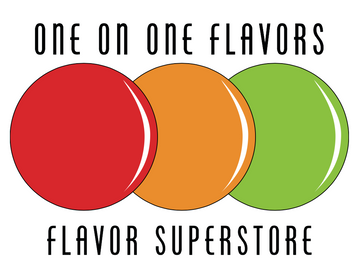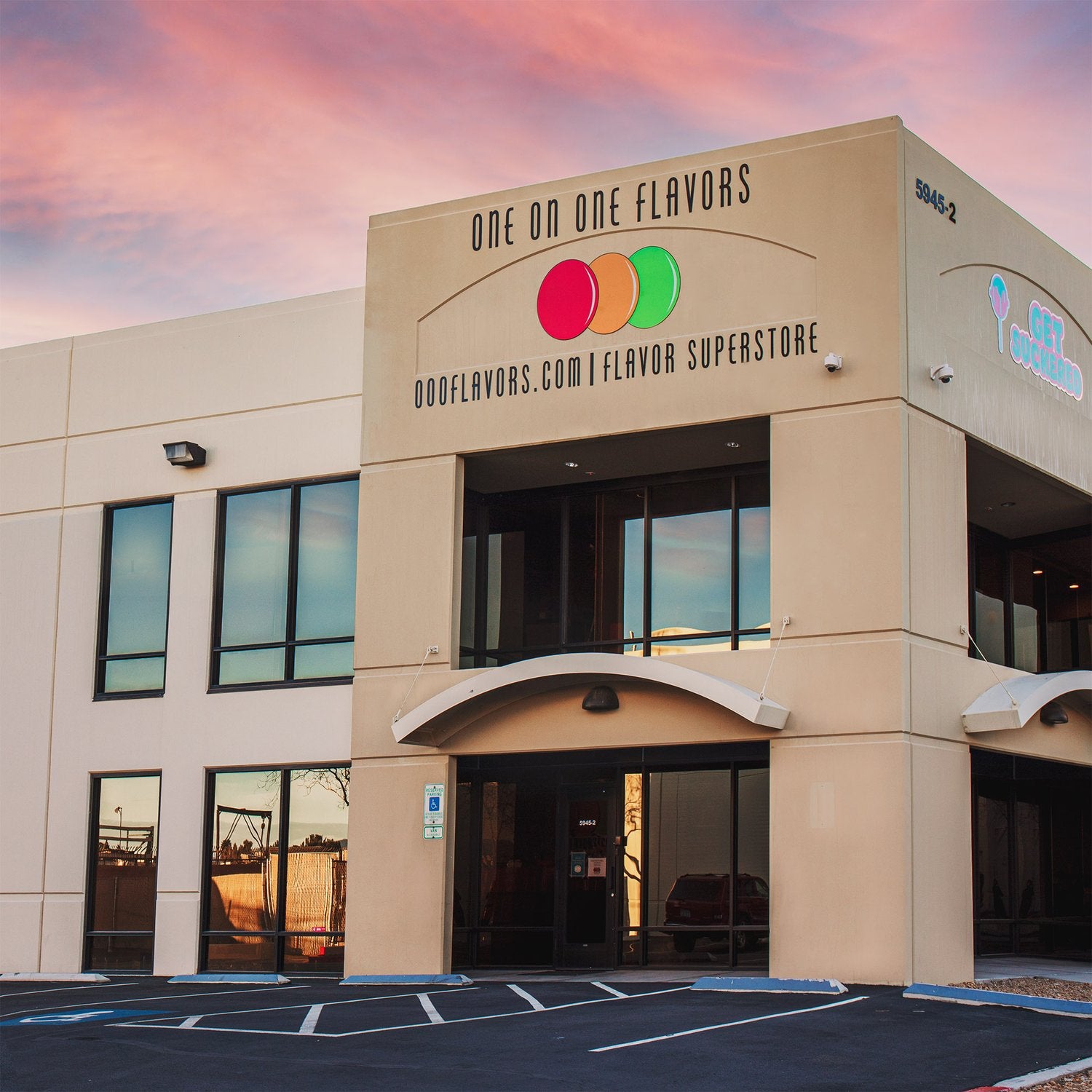When we enjoy food and beverages, we often use the words "taste" and "flavor" interchangeably. However, these two terms describe different sensory experiences that work together to create what we perceive as delicious or unappealing. Understanding the difference between taste and flavor can help improve our appreciation of food, enhance cooking techniques, and even aid in the development of new flavor profiles in food science.
1. What is Taste?
Taste is a basic sensory perception that occurs when food or drink interacts with the taste buds on the tongue. There are five primary tastes that the human tongue can detect:
- Sweet – Detected when sugars and artificial sweeteners stimulate the taste receptors.
- Sour – Perceived through acidic substances like citrus fruits and vinegar.
- Salty – Triggered by the presence of sodium, which enhances other flavors.
- Bitter – A complex taste often found in coffee, dark chocolate, and some vegetables.
- Umami – Often described as a savory taste, umami is present in foods like soy sauce, cheese, and mushrooms.
Taste is a direct biological response that helps the body determine whether something is safe or beneficial to eat. However, taste alone does not define the full eating experience.
2. What is Flavor?
Flavor is a much broader and more complex experience that combines taste with other sensory inputs, including smell, texture, and temperature. Unlike taste, which is limited to five primary sensations, flavor is influenced by a variety of factors, including:
- Aroma – The sense of smell plays a significant role in flavor perception. Without aroma, many foods would taste bland or muted. This is why food seems flavorless when you have a cold.
- Mouthfeel – The texture of food, such as creaminess, crunchiness, or juiciness, affects how we perceive its overall flavor.
- Temperature – Warm and cold foods activate taste receptors differently, which alters flavor perception.
- Chemesthetic Sensations – The tingling, cooling, or burning sensations caused by ingredients like menthol, capsaicin (spicy heat), and carbonation also contribute to flavor perception.
Flavor is the reason why vanilla extract does not taste like vanilla when consumed directly—it’s the combination of taste and aroma that creates the full sensory experience.
3. How Taste and Flavor Work Together
While taste provides the foundation, flavor enhances and refines the sensory experience. The relationship between the two is essential in food science and culinary arts. For example:
- Artificial and Natural Flavorings – Many products use artificial or natural flavors to recreate or enhance the overall eating experience beyond basic taste components.
- Cooking Techniques – Roasting, caramelization, and seasoning techniques influence flavor far beyond just taste.
- Pairing Foods and Ingredients – Complementary flavors can enhance the perception of taste, such as adding salt to caramel to amplify sweetness.
By understanding the distinction between taste and flavor, chefs, food scientists, and home cooks can better develop recipes and experiment with unique combinations.
4. Why Flavor Matters in Food Production
In the food industry, crafting the right flavor profile is essential to creating appealing products. OOOFlavors specializes in high-quality flavor concentrates that enhance products by delivering complex and consistent flavor experiences. Whether for baked goods, beverages, or confections, our flavors are designed to offer more than just taste—they create a full sensory experience.
Explore our flavor collection to discover how OOOFlavors can elevate your culinary and food manufacturing projects.

